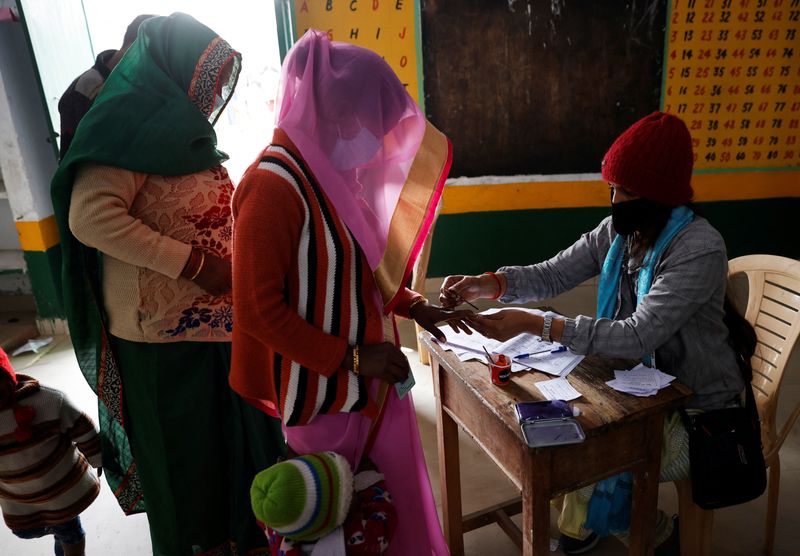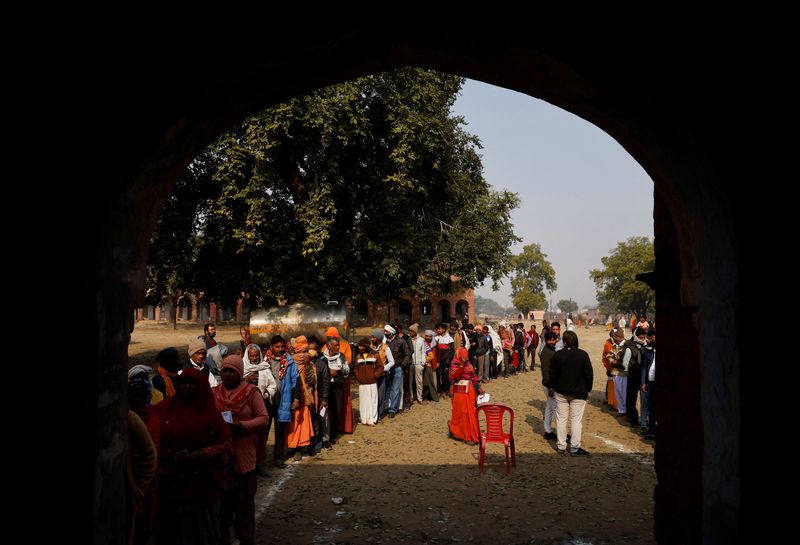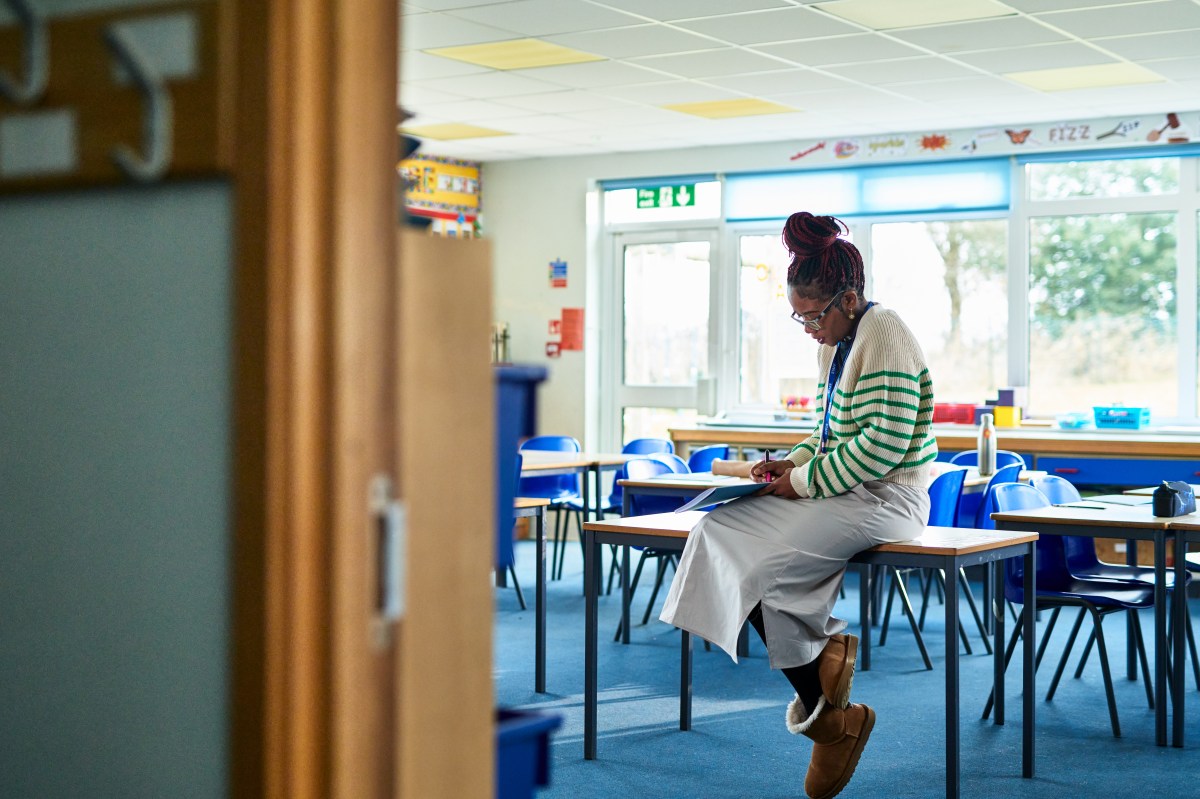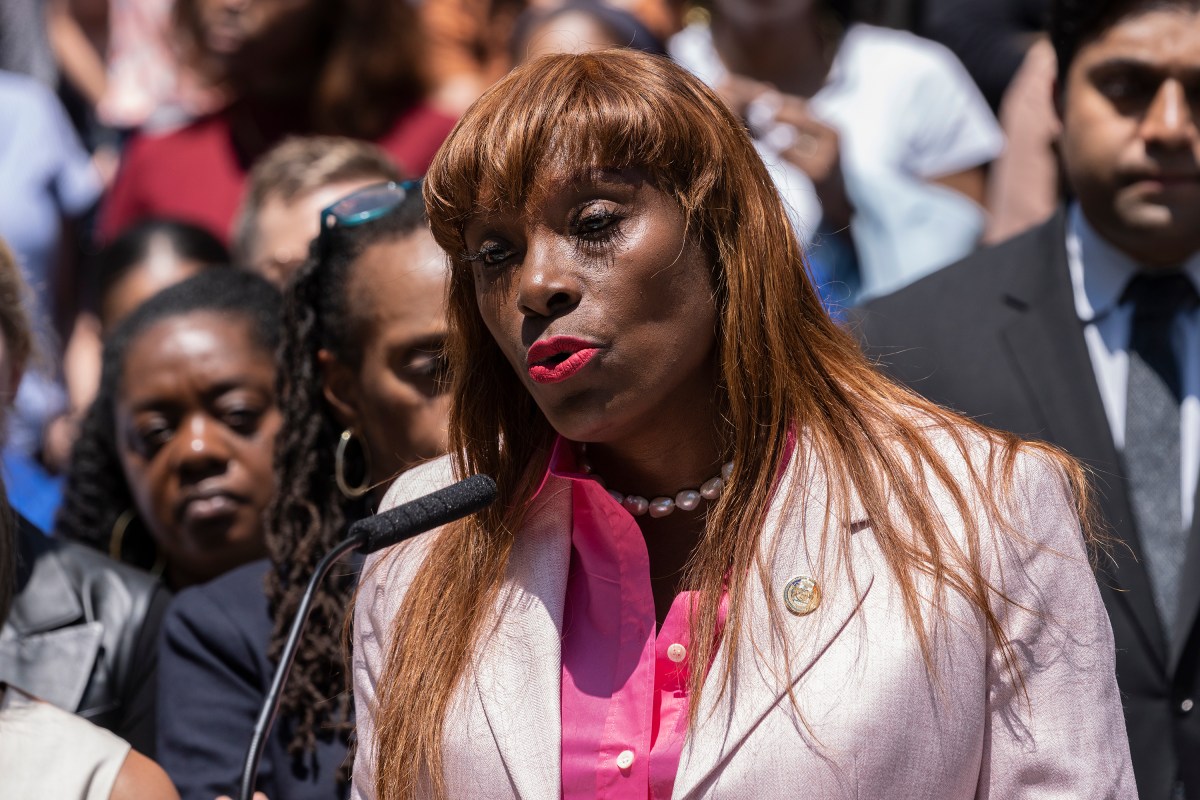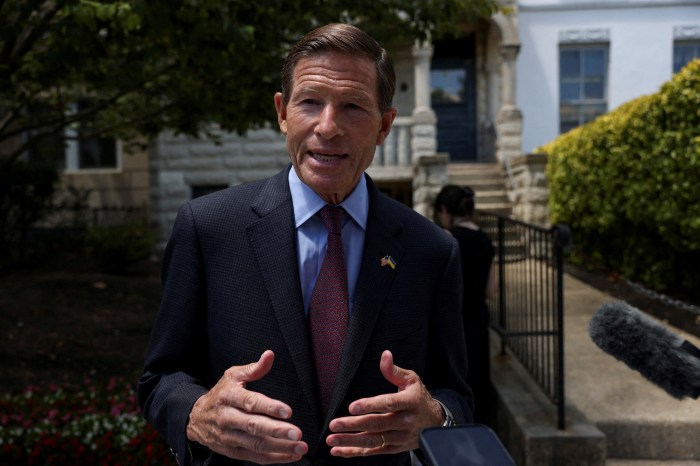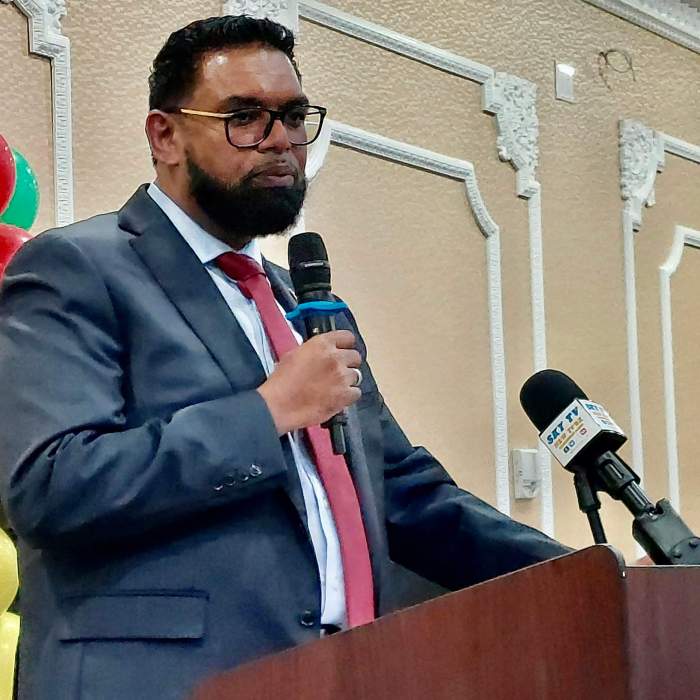NEW DELHI (Reuters) – Uttar Pradesh, the first of five Indian states going to the polls this month, begins voting in a state election on Thursday. Here are some key facts about the elections, and why they are important.
WHICH STATES ARE VOTING?
Uttar Pradesh: seven phases beginning on Feb. 10 and ending on March 7
Goa: Feb. 14
Uttarakhand: Feb. 14
Punjab: Feb. 20
Manipur: Feb. 27 and March 3
Counting in all five states begins on March 10, with the results expected soon after.
WHY ARE THESE ELECTIONS IMPORTANT?
As the biggest set of polls since the pandemic, the ruling Bharatiya Janata Party’s performance is likely to be seen as a referendum on Prime Minister Narendra Modi’s handling of COVID-19 and the economy.
They also provide what observers are calling a “semi-final” contest ahead of nationwide parliamentary polls due by 2024.
Few parties are able to govern the country without enjoying popular support in Uttar Pradesh, India’s largest state that sends by far the most legislators to parliament. A good showing there would give the BJP a major boost to its hopes for a third consecutive term in power.
WHAT ARE THE MAIN ISSUES?
The BJP has made religious issues key in Uttar Pradesh and Uttarakhand, two north Indian states with a large Hindu majority.
Punjab faces India’s worst drug problem, Goa is split over whether to allow mining in the state, while in the remote northeastern state of Manipur some parties have pledged to repeal special laws that allow the military to act with virtual impunity.
Some issues cut across all five states. The BJP says it has prioritised development for the country’s poorest and cleaned up India’s reputation for inefficiency and corruption after decades of mismanagement.
Opposition parties point to a stuttering economy and lack of job creation, particularly among the country’s youth.
WHAT ARE THE PARTIES HOPING TO ACHIEVE?
The BJP will be looking to retain the four states it already controls. Defeat in any of these – especially Uttar Pradesh – would add to pressure brewing over the economy and the government’s handling of the pandemic.
Failure by opposition Congress party to carry any of the five states will lead to more questions over the leadership of Rahul Gandhi, a scion of the Nehru political dynasty whose father, grandmother and great-grandfather have all served as prime ministers.
Victory in Goa or Punjab for the regional Aam Aadmi Party will likely raise the national profile of its leader Arvind Kejriwal, currently head of the Delhi provincial government.
WHAT DOES POLLING SAY?
Given the complexity and size of the voting, opinion polls in India can be unreliable.
Those that have tried this time see the BJP as retaining Uttar Pradesh, with the Samajwadi Party, a regional party representing the interests of India’s lower castes and Muslims, in second. The BJP is also likely to carry neighbouring Uttarakhand, polls suggest.
Goa and Manipur are closer, with the BJP seen as narrowly ahead of its rivals but unlikely to be able to govern without a coalition.
The BJP is unlikely to feature in the running in Punjab, with a contest forming between Congress, AAP, and regional parties.
(Reporting by Alasdair Pal; Editing by Mike Collett-White)

